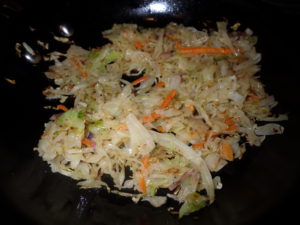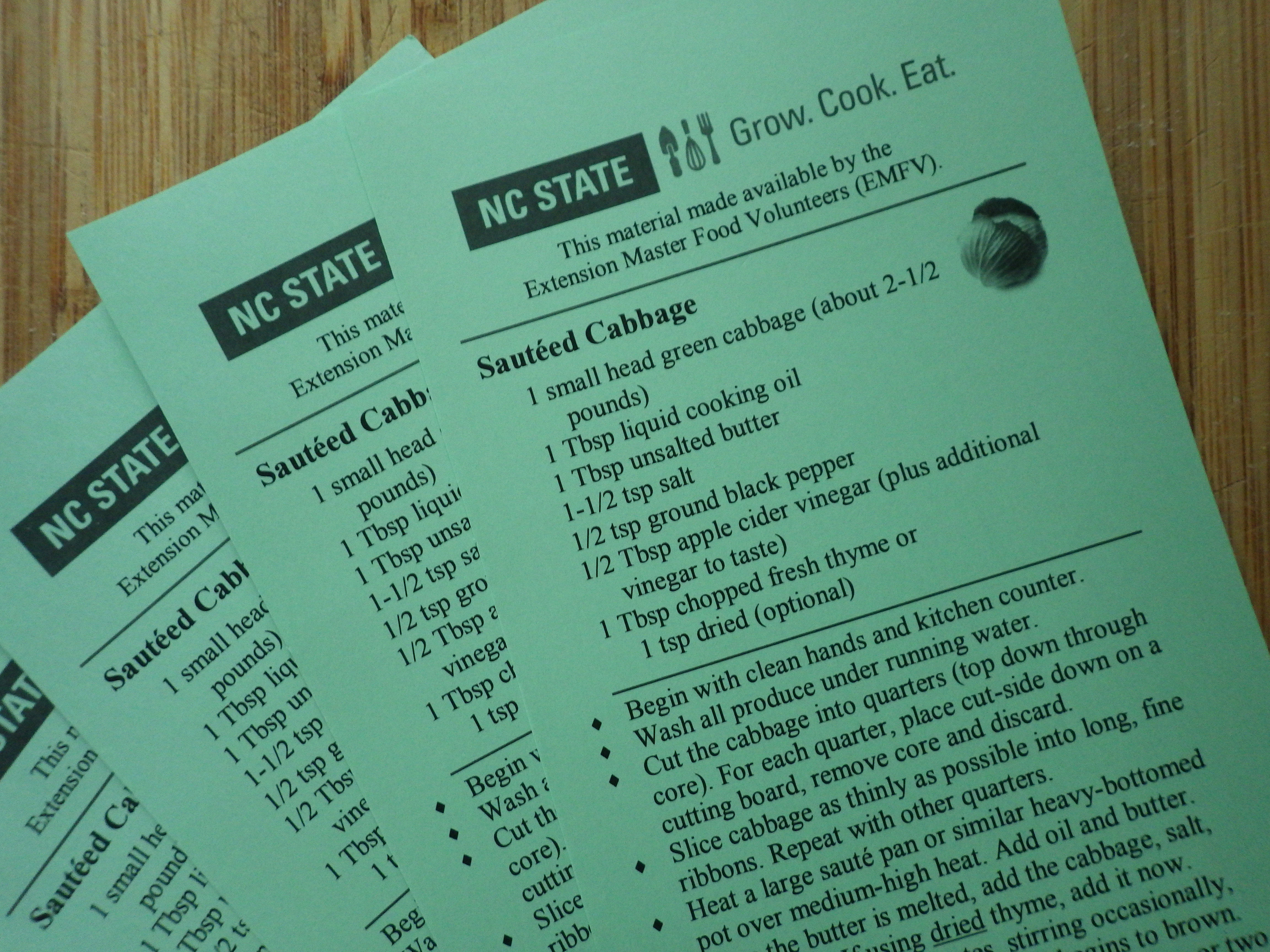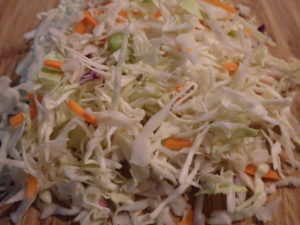Cabbage Info at Local Pantries
go.ncsu.edu/readext?723167
en Español / em Português
El inglés es el idioma de control de esta página. En la medida en que haya algún conflicto entre la traducción al inglés y la traducción, el inglés prevalece.
Al hacer clic en el enlace de traducción se activa un servicio de traducción gratuito para convertir la página al español. Al igual que con cualquier traducción por Internet, la conversión no es sensible al contexto y puede que no traduzca el texto en su significado original. NC State Extension no garantiza la exactitud del texto traducido. Por favor, tenga en cuenta que algunas aplicaciones y/o servicios pueden no funcionar como se espera cuando se traducen.
Português
Inglês é o idioma de controle desta página. Na medida que haja algum conflito entre o texto original em Inglês e a tradução, o Inglês prevalece.
Ao clicar no link de tradução, um serviço gratuito de tradução será ativado para converter a página para o Português. Como em qualquer tradução pela internet, a conversão não é sensivel ao contexto e pode não ocorrer a tradução para o significado orginal. O serviço de Extensão da Carolina do Norte (NC State Extension) não garante a exatidão do texto traduzido. Por favor, observe que algumas funções ou serviços podem não funcionar como esperado após a tradução.
English
English is the controlling language of this page. To the extent there is any conflict between the English text and the translation, English controls.
Clicking on the translation link activates a free translation service to convert the page to Spanish. As with any Internet translation, the conversion is not context-sensitive and may not translate the text to its original meaning. NC State Extension does not guarantee the accuracy of the translated text. Please note that some applications and/or services may not function as expected when translated.
Collapse ▲We recently shared that our Extension Master Food Volunteers (EMFV) have developed a series of produce flyers that are being distributed at the food pantries here in Brunswick County.
Some of our local food pantries have been distributing fresh produce in addition to shelf stable items. These flyers are being added to the boxes to provide storage, nutrition and cooking ideas as well as providing a new recipe or way to prepare some of these fresh foods.
The EMFV have done such a great job developing these flyers, we want more folks to see them than just those at the pantries. So we’re sharing here! Enjoy!
The featured recipe is Sautéed Cabbage. I know you may say that this is easy to do, why share a recipe? EMFV Margaret O’Leary says this is a fabulous version. She commented that it was so good she just kept going back for more as she was testing the recipe. The one ingredient that makes it unique is the vinegar. The recipe has been adapted from Wellplated.com
Sautéed Cabbage
Ingredients
- 1 small head of green cabbage (about 2 ½ pounds)
- 1 Tablespoon liquid cooking oil
- 1 Tablespoon butter
- 1 ½ teaspoon salt
- ½ teaspoon ground black pepper
- ½ Tablespoon apple cider vinegar (plus additional vinegar to taste)
- 1 Tablespoon chopped fresh thyme or 1 teaspoon dried thyme
Directions
- Begin with clean hands and clean kitchen counter. Wash the cabbage under running water. Cut cabbage into quarters (top-down through the core). For each quarter, place cut-side down on a cutting board, remove core, and discard. Slice cabbage as thinly as possible into long, fine ribbons. Repeat with other quarters. Heat a large sauté pan or similar heavy-bottomed pot over medium-high heat. Add oil and butter. Once the butter is melted, add the cabbage, salt, and pepper. If using dried thyme, add it now.
- Sauté for 10 to 15 minutes, stirring occasionally, until the cabbage is tender and begins to brown. Leaving cabbage undisturbed for a minute or two at a time before stirring will help to develop the flavor. Remove from heat, stir in the apple cider vinegar, and taste. Add more vinegar if you’d like more zip. If using fresh thyme, this is the time to add it. Serve warm.

- Refrigerate leftovers within two hours. Use leftovers within four days. Freezing this recipe will result in texture changes. Makes six servings (about 77 calories each).
Additional Extension Master Food Volunteer Tips:
- The butter in this recipe adds flavor. Mixing it with the oil keeps it from burning too quickly. You can use only oil if you prefer. Any kind of cooking oil is fine.
- Apple cider vinegar is less pungent than white vinegar, but any type of vinegar will work in this recipe. Note: red vinegars may color the cabbage.
- There are hundreds of varieties of cabbage. All will work, but plain green cabbage is least expensive.
- No thyme? Substitute dill, sage, cumin, caraway or fennel. Onions and garlic are good, too.
- Cabbage is fat-free, low in calories, low in sodium and high in vitamin C.
- When buying cabbage, choose heads that are heavy for their size and have compact leaves.
To store cabbage: remove any damaged outer leaves. Wash and refrigerate unwrapped for up to seven days. To keep longer, wrap in a paper towel or put in a zip-top bag and store in the refrigerator crisper.
Please note: these photos of the cabbage were taken while using a “slaw mix” when testing the recipe. Purchasing pre-cut or pre-shredded cabbage (sometimes called slaw mix) is a good work and time saver. These products frequently have a small amount of red cabbage and/or shredded carrots added. The price is generally higher than when purchasing a head of cabbage and doing-it-yourself.
Source: Cheryle Syracuse, Family and Consumer Science staff member at N.C. Cooperative Extension, Brunswick County Center





